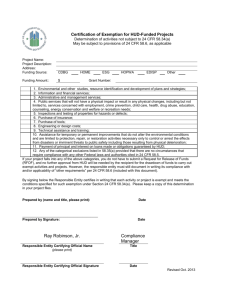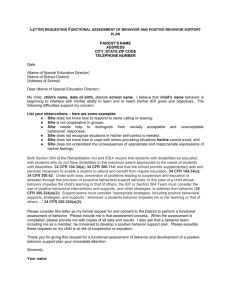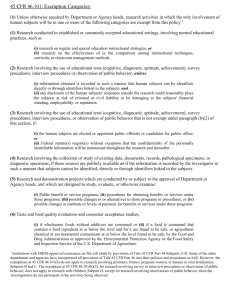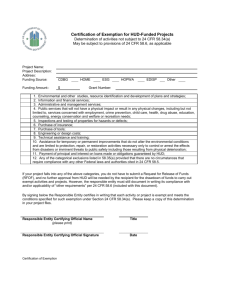Wise use of natural gas use can mitigate climate change
advertisement
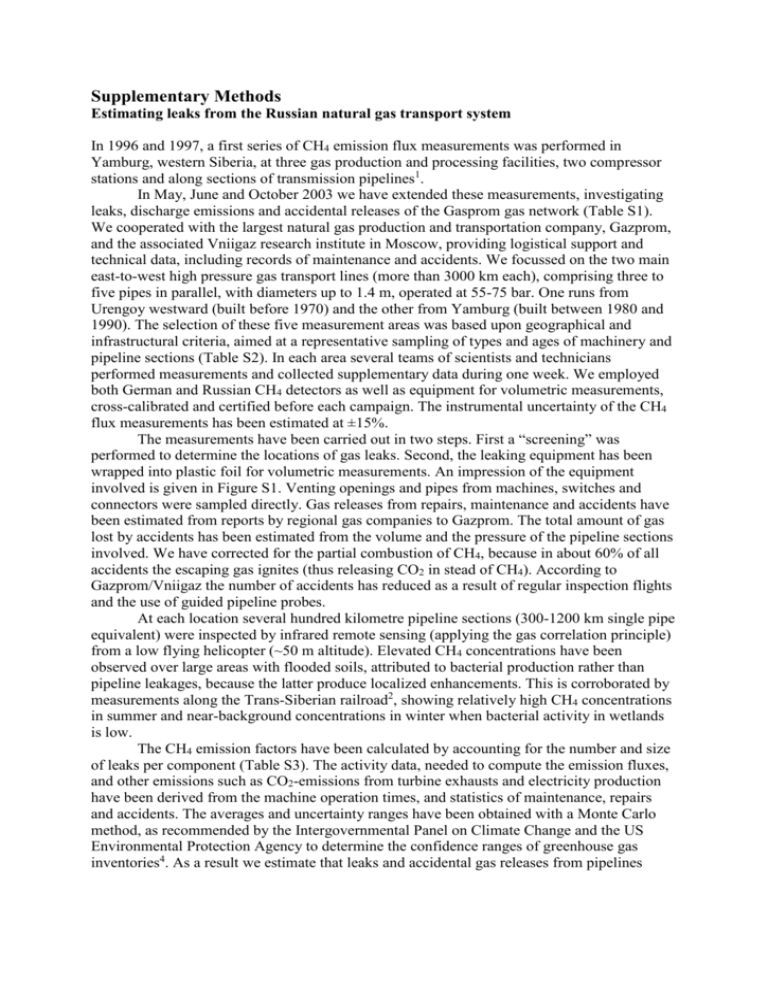
Supplementary Methods Estimating leaks from the Russian natural gas transport system In 1996 and 1997, a first series of CH4 emission flux measurements was performed in Yamburg, western Siberia, at three gas production and processing facilities, two compressor stations and along sections of transmission pipelines1. In May, June and October 2003 we have extended these measurements, investigating leaks, discharge emissions and accidental releases of the Gasprom gas network (Table S1). We cooperated with the largest natural gas production and transportation company, Gazprom, and the associated Vniigaz research institute in Moscow, providing logistical support and technical data, including records of maintenance and accidents. We focussed on the two main east-to-west high pressure gas transport lines (more than 3000 km each), comprising three to five pipes in parallel, with diameters up to 1.4 m, operated at 55-75 bar. One runs from Urengoy westward (built before 1970) and the other from Yamburg (built between 1980 and 1990). The selection of these five measurement areas was based upon geographical and infrastructural criteria, aimed at a representative sampling of types and ages of machinery and pipeline sections (Table S2). In each area several teams of scientists and technicians performed measurements and collected supplementary data during one week. We employed both German and Russian CH4 detectors as well as equipment for volumetric measurements, cross-calibrated and certified before each campaign. The instrumental uncertainty of the CH4 flux measurements has been estimated at ±15%. The measurements have been carried out in two steps. First a “screening” was performed to determine the locations of gas leaks. Second, the leaking equipment has been wrapped into plastic foil for volumetric measurements. An impression of the equipment involved is given in Figure S1. Venting openings and pipes from machines, switches and connectors were sampled directly. Gas releases from repairs, maintenance and accidents have been estimated from reports by regional gas companies to Gazprom. The total amount of gas lost by accidents has been estimated from the volume and the pressure of the pipeline sections involved. We have corrected for the partial combustion of CH4, because in about 60% of all accidents the escaping gas ignites (thus releasing CO2 in stead of CH4). According to Gazprom/Vniigaz the number of accidents has reduced as a result of regular inspection flights and the use of guided pipeline probes. At each location several hundred kilometre pipeline sections (300-1200 km single pipe equivalent) were inspected by infrared remote sensing (applying the gas correlation principle) from a low flying helicopter (~50 m altitude). Elevated CH4 concentrations have been observed over large areas with flooded soils, attributed to bacterial production rather than pipeline leakages, because the latter produce localized enhancements. This is corroborated by measurements along the Trans-Siberian railroad2, showing relatively high CH4 concentrations in summer and near-background concentrations in winter when bacterial activity in wetlands is low. The CH4 emission factors have been calculated by accounting for the number and size of leaks per component (Table S3). The activity data, needed to compute the emission fluxes, and other emissions such as CO2-emissions from turbine exhausts and electricity production have been derived from the machine operation times, and statistics of maintenance, repairs and accidents. The averages and uncertainty ranges have been obtained with a Monte Carlo method, as recommended by the Intergovernmental Panel on Climate Change and the US Environmental Protection Agency to determine the confidence ranges of greenhouse gas inventories4. As a result we estimate that leaks and accidental gas releases from pipelines amount to 6,531 m3 km-1 year-1 and from compressor stations 55,683 m3 MW-1 year-1. By extrapolating to the Russian natural gas transportation system (Table S4), the overall emissions are estimated at 0.7% (95% confidence interval is 0.4-1.6%). References 1. 2. 3. Dedikov, J. V. et al.. Estimating methane releases from natural gas production and transmission in Russia. Atmos. Environ. 33, 3291-3299 (1999). Oberlander, E. A., Brenninkmeijer, C. A. M., Crutzen, P. J., Lelieveld, J. & Elanski, N. F. Why not take the train? Trans-Siberian atmospheric chemistry observations across Central and East Asia. EOS Transactions 83, 509-516 (2002). Lechtenböhmer, S., et al. GHG-emissions of the natural gas life cycle compared to other fossil fuels (in Europe). Proceedings of the 3rd international methane and nitrous oxide mitigation conference, pp 790-798, 17-21 November, Beijing, China ‹http://www.wupperinst.org› (2003).




